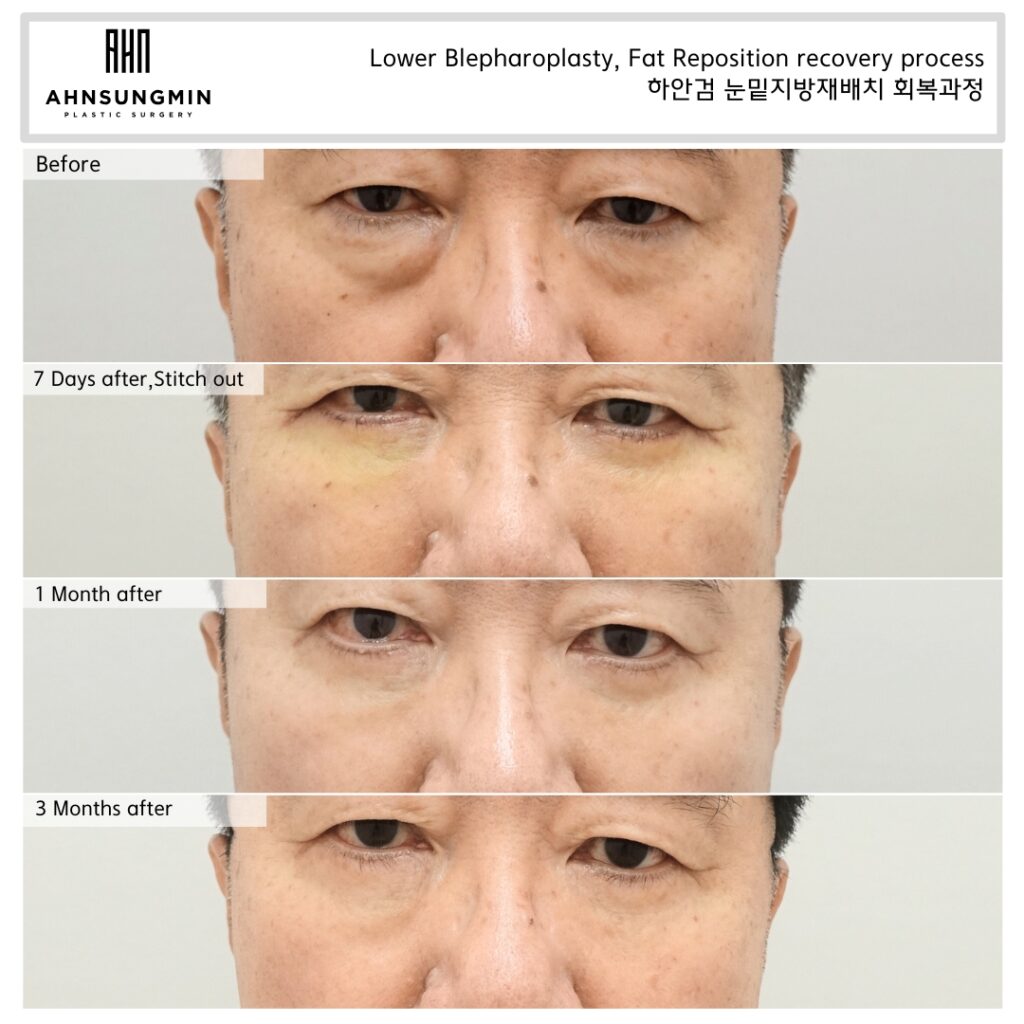
Blood pressure is closely related to lower eyelid surgery.
When blood pressure rises, bleeding naturally increases and hemostasis becomes difficult.
From the medical staff’s perspective, bleeding interferes with the eyelid, which interferes with the surgery.
If the time to stop the bleeding is long, the surgery time is long, so it is difficult for both the patient and the medical staff.
If the surgery time is delayed, swelling begins and it becomes difficult to secure the eyelid.
If hemostasis becomes difficult, bruising naturally occurs.
If bruising occurs a lot, contraction occurs more than the normal range due to blood, and the results of the surgery may not be satisfactory.

High blood pressure can stress blood vessels, and high blood pressure during surgery increases the risk of blood vessels rupturing.
On the day of surgery, blood pressure may rise slightly higher than usual.
It may be due to the hemostatic agent in the anesthetic, pain from anesthesia, or tension from the surgery. Sometimes, it may rise due to not getting enough sleep the day before due to worries about the surgery, or due to stress from the surgery.
Blood pressure cannot be controlled by one’s own will, so be sure to check it using a blood pressure monitor and follow the instructions of a specialist.